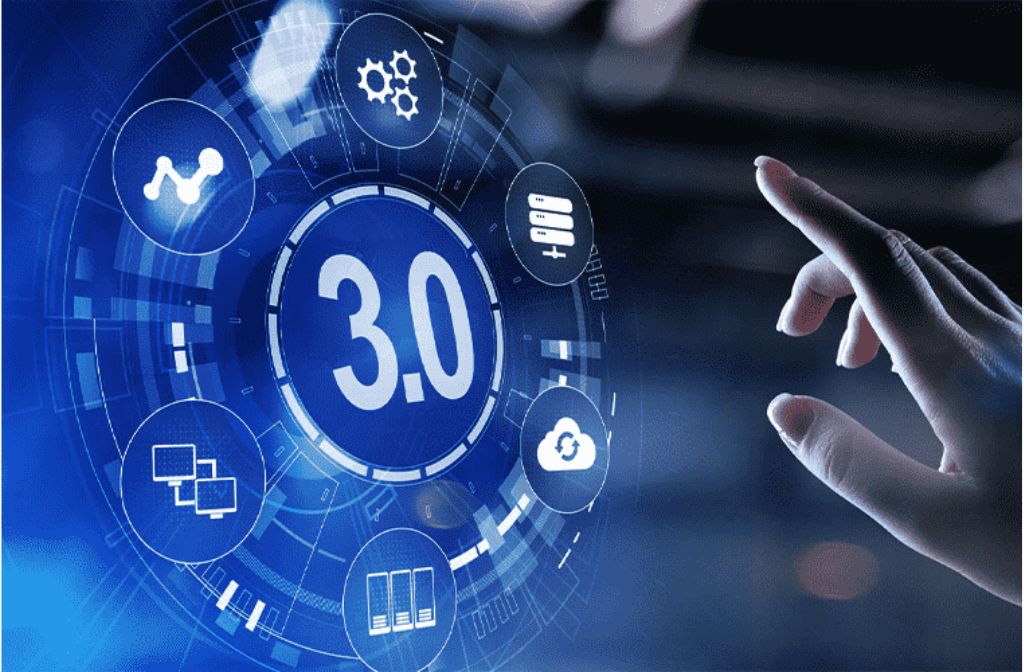The war between Kotlin and Java in the context of Android application development has caused discussions among Android app developers and software production firms.
As we, a leading software development company in Florida.
The terrain of Flutter app development services and React native app development services can help us comprehend the details of these programming languages.
Understanding Kotlin and Java
For years, a stalwart of Android development Java has always been the go-to language.
It is robust, familiar, and has a huge user support base for developers, making it a favorite.
Introduced by Jet Brain company, Kotlin became popular and proved to be beneficial as it reduced the efforts necessary for writing code and boosted productivity.
Analyzing the Battlefront
Kotlin has a short syntax which means less boilerplate code with a lower probability of error occurrence 5.
It is a boon for increased developer efficiency, simplifying and accelerating all tasks.
Java has been in existence for a long time providing its compatibility hence there are a lot of solutions within a large community.
On the other hand, Kotlin smoothly merges with Java meaning that developers can utilize existing Java libraries and frameworks.
Nevertheless, Kotlin became popular pretty quickly due to the high support of Google and the company’s marketing policy.
Choosing the Right Tool Kotlin Vs Java
Kotlin offers Android app developers a concise syntax, fewer boilerplates, plus null safety, making complex tasks simpler to manage, thus speeding up development.
There are the project requirements, team competence, and the availability of codes to be considered by a developer.
Despite this, Java’s maturity and robustness have an edge over Kotlin for some scenarios.
For instance, when it comes to Flutter app development, React Native app development, or any other framework, Kotlin’s interoperability with Java is of enormous importance as it facilitates
The End Game: Making an Informed Choice
It is not an either/or concerning Kotlin vs Java in this context regarding Android app development.
All these options have something to offer, but it depends on what you are looking for, familiarity with the development team, and long-term plans.
Even though Java still rules on top, the upsurge of Kotlin is unquestionable. Ikeda believes that the world has entered a new era of peace.
Android app development is all about adaptation to change rather than determining a winner.
A Confluence of Technologies
In the epic Kotlin vs Java showdown, there is no goal of finding one clear winner.
Alternatively, Android app developers and software development companies’ weaponry gets improved by appreciating their resources.
The cohabitation of Kotlin vs Java spurs a diverse environment that fosters innovation whether it’s for Flutter app development services, React Native app development services, or native Android app development.
Conclusion
As in every dynamic area, there has been a conflict over Kotlin vs Java.
Thus, the Java debate prevails and serves as evidence of the evolution of programming languages.
This Kotlin vs Java is no ordinary showdown of the titans, but rather an exposure of each others’ strengths and the ideal marriage between modernity and tradition.
Choosing between Kotlin vs Java is not about finding the winner at all, but pointing out the uniqueness of each one of them.
The variety of options for Android app development encompasses Kotlin’s brief code and null security compared to Java’s age and large community.
In this case, an analysis of Kotlin vs Java becomes pivotal. For a software development company in Florida, the decision hinges on the project requirements, team expertise, and existing codebase.
While Kotlin shines, Java’s maturity and robustness remain advantageous in certain scenarios.
Embracing Kotlin vs Java they need to work together and use their differences to improve the Android apps market and offer new solutions.

